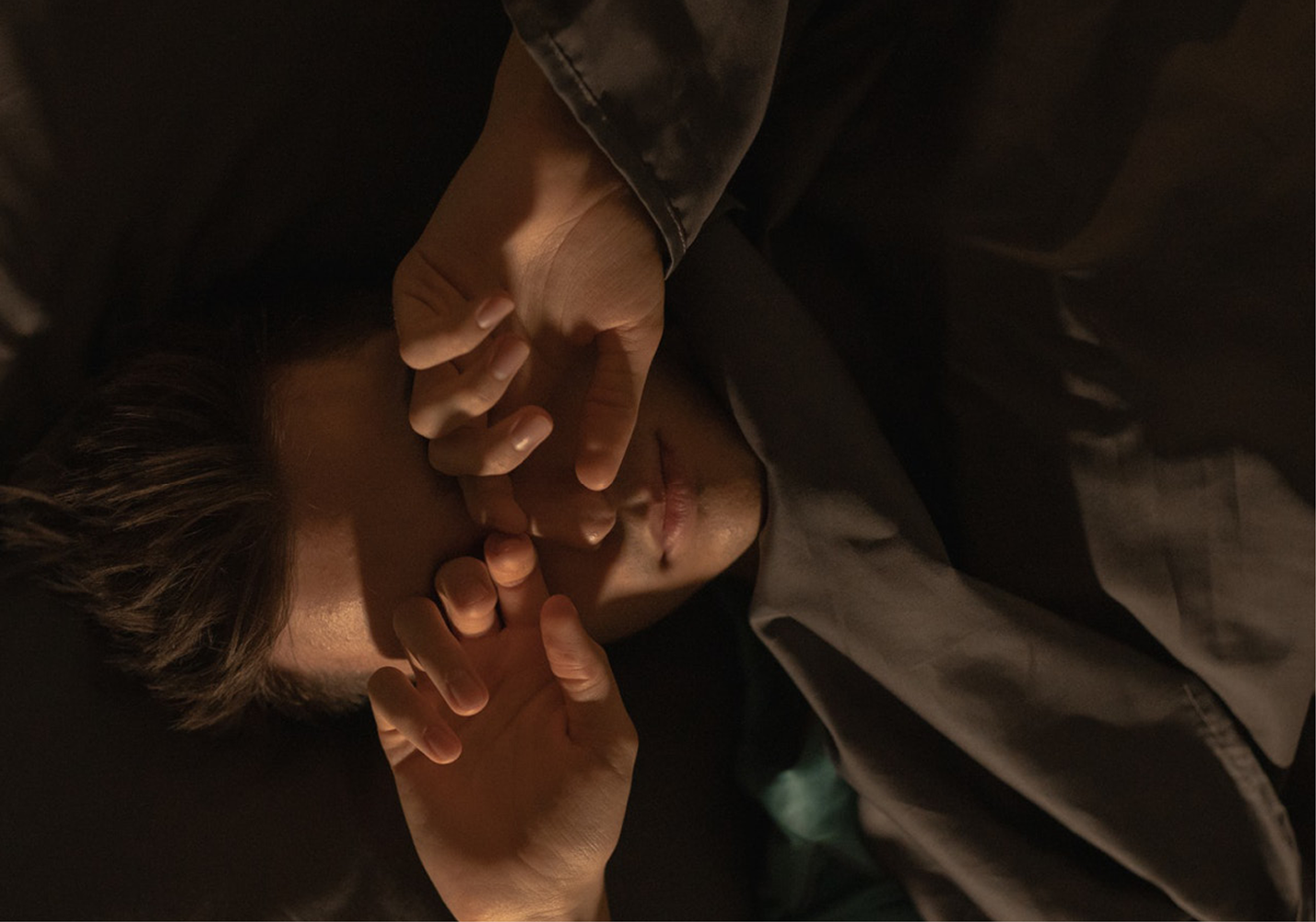Mieux comprendre la lumière
Des UV à la lumière bleue : protéger vos yeux au quotidien
La lumière du soleil est la principale source d’exposition aux ultraviolets (UV) et à la lumière bleue. Les rayonnements UV, inférieurs à 380 nm, sont invisibles mais hautement énergétiques, connus pour endommager les tissus oculaires et cutanés, raison pour laquelle les lunettes solaires doivent bloquer les longueurs d’onde en dessous de 400 nm. À l’inverse, les rayons infrarouges (IR), au-delà de 700 nm, génèrent surtout de la chaleur sans causer de dommages à l’ADN. Outre la lumière naturelle, les sources artificielles telles que l’éclairage LED, les smartphones, les tablettes et les écrans digitaux émettent également de la lumière bleue, soulevant des questions sur ses effets cumulatifs sur la santé visuelle en cas d’exposition prolongée.

Longueur d’onde visible
spectre lumineux
L’œil humain perçoit la lumière entre 380 nm (violet-bleu) et 700 nm (rouge), connue sous le nom de spectre visible. À l’intérieur de cette plage, chaque longueur d’onde correspond à une couleur distincte, tandis que leur combinaison produit la lumière blanche. Les rayonnements situés en dehors de ces limites, comme les ultraviolets (<380 nm) et les infrarouges (>700 nm), restent invisibles pour nous.

Qu’en est-il de l’exposition digitale ?
Les ondes de la discorde
Les écrans digitaux et l’éclairage LED émettent une lumière bleue visible dans la plage des 380–500 nm. Bien que leur intensité soit inférieure à celle du soleil, une exposition prolongée suscite des préoccupations quant à un éventuel stress rétinien. Les effets à long terme restent en cours d’étude, et les seuils d’exposition considérés comme sûrs ne sont pas encore clairement définis.

Prouvé scientifiquement
La lumière bleue, un frein à un sommeil réparateur
La lumière bleu-violet à haute énergie soulève des inquiétudes quant à ses effets cumulatifs sur la rétine. Bien que les recherches se poursuivent, son impact sur les rythmes circadiens est avéré — retardant la libération de mélatonine et perturbant le sommeil. La plupart des verres filtrent jusqu’à 370 nm ; IKYUM® BlueBlocker UV 420 offre une protection étendue contre les courtes longueurs d’onde.

Pensé pour chaque environnement visuel
BLUEBLOCKER | UV-420
L’œil humain est constamment exposé à la lumière visible et invisible — qu’elle provienne du soleil, de l’éclairage artificiel ou des écrans digitaux. La lumière bleue en dessous de 420 nm suscite une attention particulière en raison de son intensité et de ses effets biologiques. Les verres Blueblocker intègrent un filtre ciblé pour bloquer cette plage. Bien que la lumière bleue émise par les écrans soit moins intense que celle du soleil, l’exposition prolongée soulève des préoccupations. Les recherches actuelles restent encore incertaines quant aux risques oculaires à long terme, mais son impact sur le sommeil, via la suppression de la mélatonine, est bien établi.

